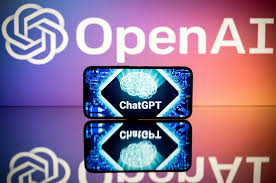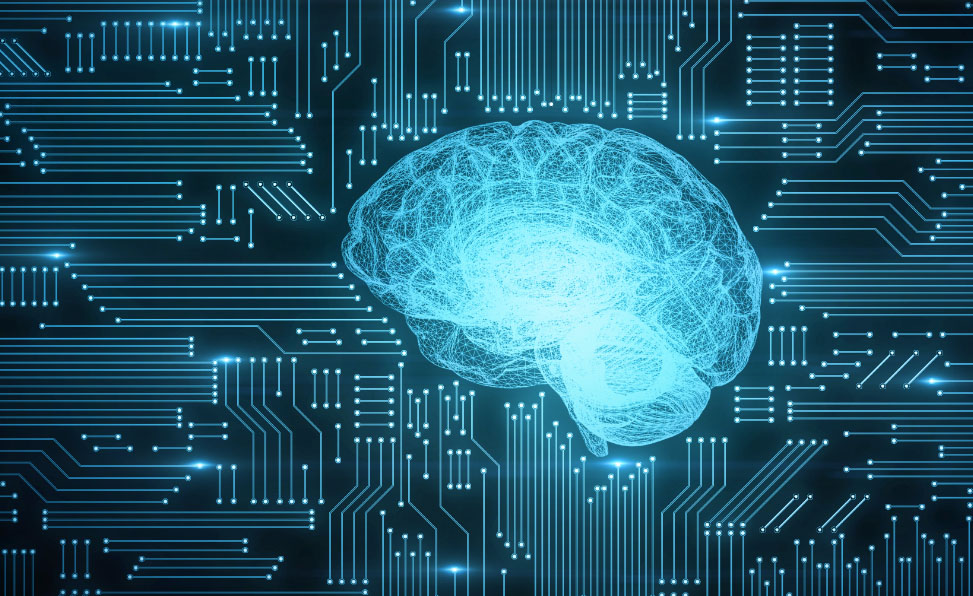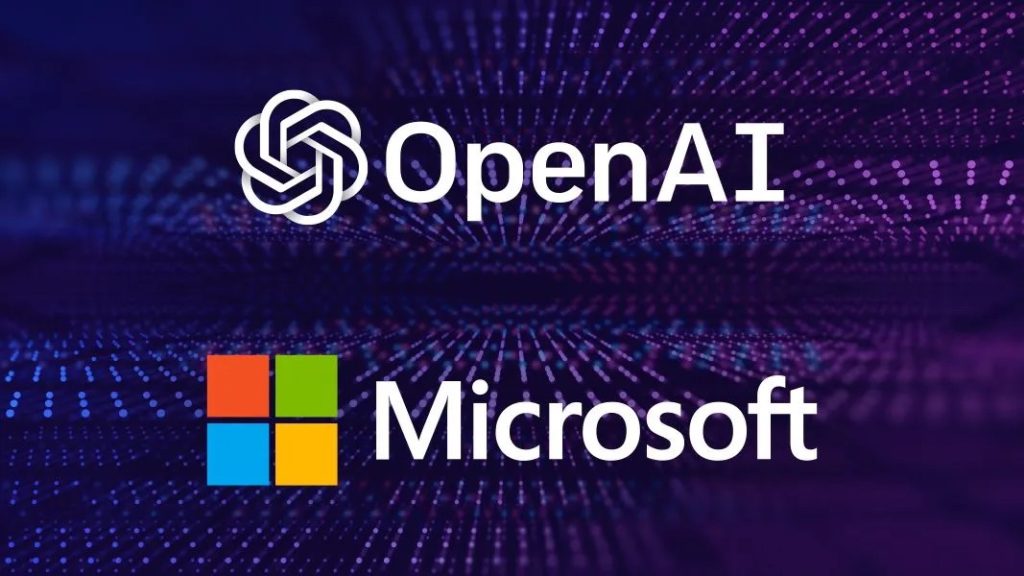Months after its ChatGPT stunned Silicon Valley (but not in time to save its namesake bank), San Francisco-based Open AI’s latest improvement in the generative AI model, named GPT-4, is turning heads in Pugetopolis. Its biggest backer and benefactor, Microsoft, is counting on the new technology to provide the most helpful answers to any Bing search engine query and capture a greater share of the search advertising market as a return for its multibillion dollar investment.
You can try out Microsoft’s integration of AI and Chat by taking it for a spin at the new Bing.
OpenAI claims GPT-4 “exhibits human-level performance,” handling “more nuanced instructions” than its predecessor. That may not reassure some critics who have found the technology still “hallucinates” facts and makes reasoning errors.
When Oren Etzioni, formerly the CEO of Paul Allen’s Artificial Intelligence Institute (AI2) first tried the new bot, he asked a straightforward question: “What is the relationship between Oren Etzioni and Eli Etzioni?” The bot responded correctly. The previous version of ChatGPT’s answer to that question was always wrong. Getting it right indicates that the new chatbot has a broader range of knowledge.
The bot went on to say, “Oren Etzioni is a computer scientist and the CEO of AI2, while Eli Etzioni is an entrepreneur.” Most of that is accurate, but the bot — whose training was completed in August — did not realize that Etzioni had recently stepped down as the Allen Institute’s chief executive.
A cardiologist who described to the chatbot the medical history of a patient he had seen a day earlier, including the complications the patient experienced after being admitted to the hospital, asked how he should have treated the patient. The chatbot gave him the perfect answer. “That is exactly how we treated the patient,” he said.
Need legal advice? OpenAI said the new system could score among the top 10% or so of students on the Uniform Bar Examination, which qualifies lawyers in 41 states. It can also score a 1,300 (out of 1,600) on the SAT and a five (out of five) on Advanced Placement high school exams in biology, calculus, macroeconomics, psychology, statistics and history, according to the company’s tests. Previous versions of the technology failed the Bar Exam and did not score nearly as high on most Advanced Placement tests.
The new generation of machine-learning system that can converse, generate readable text on demand and produce novel images and video based on what it learns from a vast database of digital books, online writings and other media, will be integrated into Microsoft products across the board.
“In this next phase of our partnership,” customers who use Microsoft’s Azure cloud computing platform will have access to new AI tools to build and run their applications, said a statement from Microsoft CEO Satya Nadella.
OpenAI started as a nonprofit artificial intelligence research company in December 2015. With Tesla CEO Elon Musk as its co-chair and among its early investors, the organization’s stated aims were to “advance digital intelligence in the way that is most likely to benefit humanity as a whole, unconstrained by a need to generate financial return.”
That changed in 2018 when it incorporated a for-profit business Open AI, and shifted nearly all its staff into the business, not long after releasing its first generation of the GPT model for generating human-like paragraphs of readable text. Musk also left its board in 2018.
AI Chat and Search
By far the “buzziest” early 2023 topic for Web producers and marketers has been the ability to generate AI content. ChatGPT has been at the center of that discussion since it launched.
From creating blog posts whole cloth to selecting images, generating meta descriptions or rewriting content, there are a number of specific functions ChatGPT can serve when it comes to content creation generally and SEO-focused content creation specifically.
So how does Google characterize AI-generated content? The word is “”Spam!” Automatically generated (also called “auto-generated”—content) is content that’s been generated programmatically. In cases where it’s intended to manipulate search rankings and not help users, Google may take actions on such content.
At the same time, Google has introduced a generative AI product of its own dubbed Bard. Unlike Bing Chat, Bard does not look up search results—all the information it returns is generated by the model itself. But it is still designed to help users brainstorm and answer queries. In a teaser clip for Bard that the company put out in February, the chatbot was shown making a factual error. Google’s value fell by $100 billion overnight.
Margaret Mitchell, former co-lead of Google’s AI ethics team, says Google has been working on LaMDA (short for Language Model for Dialogue Applications), its “large language model,” for years, but she thinks pitching Bard as an experiment “is a PR trick that larger companies use to reach millions of customers while also removing themselves from accountability if anything goes wrong.” Last year, Google fired an engineer for publicly claiming LaMDA was sentient.
Microsoft Bing has already begun to add Bing Chat answers in the Bing Search results in place of some of the answer boxes. The “Chap-Bot” is also a part of Snapchat’s My AI virtual friend. Your journey may end in Bing Search for now but Microsoft wants to show you a snippet of the power of Bing Chat and is hoping you will tap in for more. [24×7]


















